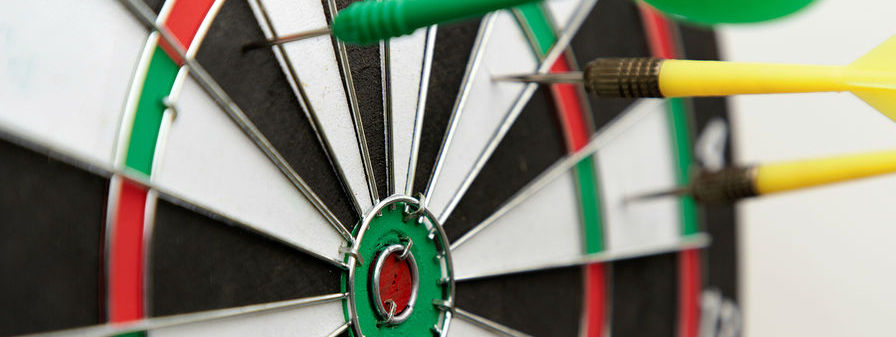Customer engagement is the driving force for developing genuinely loyal customers. But it’s just one of five interdependent elements of customer loyalty.
From the mundane to the sublime, points-based loyalty programs are ubiquitous today. But are they driving real loyalty? Marketers who use points to build behavioral loyalty may drive incremental sales, but they’re missing an opportunity to foster far more profitable attitudinal loyalty.
What is real customer loyalty to a brand, product, service, or company? It’s much more than repeat purchase and revenue—the most basic metrics used to track customers’ buying behavior. Of course, effective loyalty programs drive repeat purchase and profit, but real loyalty also includes an attitude of loyalty—often an irrational, illogical commitment or attachment to a brand or product that drives the customer to go out of his or her way to find the brand or to pay a premium. And the best of these attached customers become brand advocates and influencers.
So, how do we move from behavior-based to true, attitudinally loyal customers?
Customer engagement is the key. Defined broadly, customer engagement is a two-way, interactive relationship comprising experiences that capture customers’ attention and provide value to the customer and the company. Savvy marketers use a thoughtful, data-driven strategy to build that engagement while both motivating profitable customer behavior and providing value to customers.
And, yes, properly aligned loyalty program incentives can be the drivers of profitable customer behavior.
But also, no, that win-win, two-way relationship does not need to be delivered through a loyalty program. One fascinating example of highly engaged customers developing deep customer loyalty (behavioral and attitudinal) with no loyalty program in sight is Amazon Prime.
In Amazon’s most recent shareholder letter, Jeff Bezos reported more than 100 million Amazon Prime members with more than $5 billion of merchandise shipped in 2017. No points earned or redeemed, no tier levels, no free products, upgrades, or discounts for the most frequent or profitable customers. And yet, indisputably deeply engaged, loyal customers are willing to pay $99 a year for the experience.
In a recent visit to the Southern Methodist University campus, Bezos described the Amazon culture as being “customer-obsessed” rather than “competitor-focused,” and Amazon customers—and all customers, in fact—as never being satisfied. It’s not that Amazon Prime lacks a treasure trove of satisfied customers; Bezos’ point was that their satisfaction is a moving target and Amazon is obsessed with staying ahead of that target.
Bezos also supports the point that customer satisfaction is not equivalent to loyalty. Instead, it’s a necessary but insufficient condition for loyalty. A company needs to have satisfied customers to get repeat purchase, but it takes customer engagement to move beyond repeat purchases to loyalty. Amazon Prime customers check the box for both repeat purchase and engagement.
Engagement is one player on a team
Customer engagement is the driving force for developing genuinely loyal customers. But it’s just one of five interdependent elements of customer loyalty. A simple conceptual model of the Five E’s of Customer Loyalty provides insight into that interplay:
- Engagement – Moves satisfied customers who repeat purchase to truly loyal customers who become advocates and influencers
- Economic – Engages customers through financial incentives that they value and that drive desired customer behavior
- Emotional – Builds engagement through powerful connections and emotions that defy logic and lead to deep relationships
- Experience (CX) – Drives emotional engagement through carefully planned experiences
- Empathy – Demonstrates to customers that the company truly cares about them and values them, which drives emotional engagement
Who’s getting the Five E’s of customer loyalty right? Starbucks Rewards state-of-the-art loyalty program. The program offers tens of thousands, if not more, personally curated promotions to members through the Starbucks mobile app, email, digital, and social media. Using customer data to design specific offers and experiences that drive customer engagement and desired behavior change, the well-constructed and executed Starbucks Rewards program not only rewards the right customers, but also drives desired behavior change and incremental profit on a daily basis.
Take, for example, Starbucks recent efforts to promote weekly Happy Hours. The corresponding BOGO promotions save customers money and deliver a delightful experience. The promotions also drives store traffic on lazy weekday afternoons where any purchase is incremental revenue. It’s a win-win for Starbucks and its customers.
That’s the way to do it.
